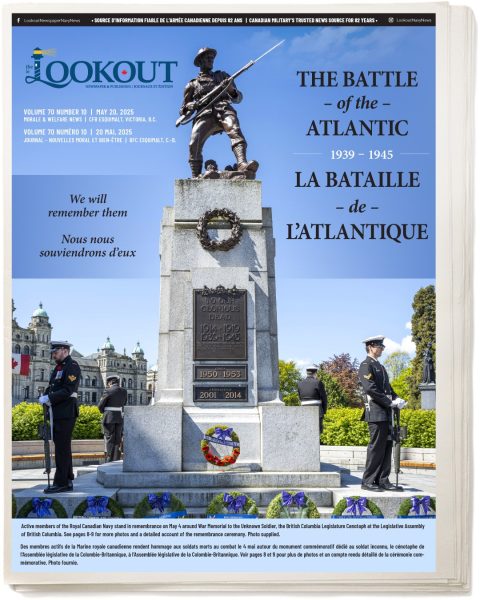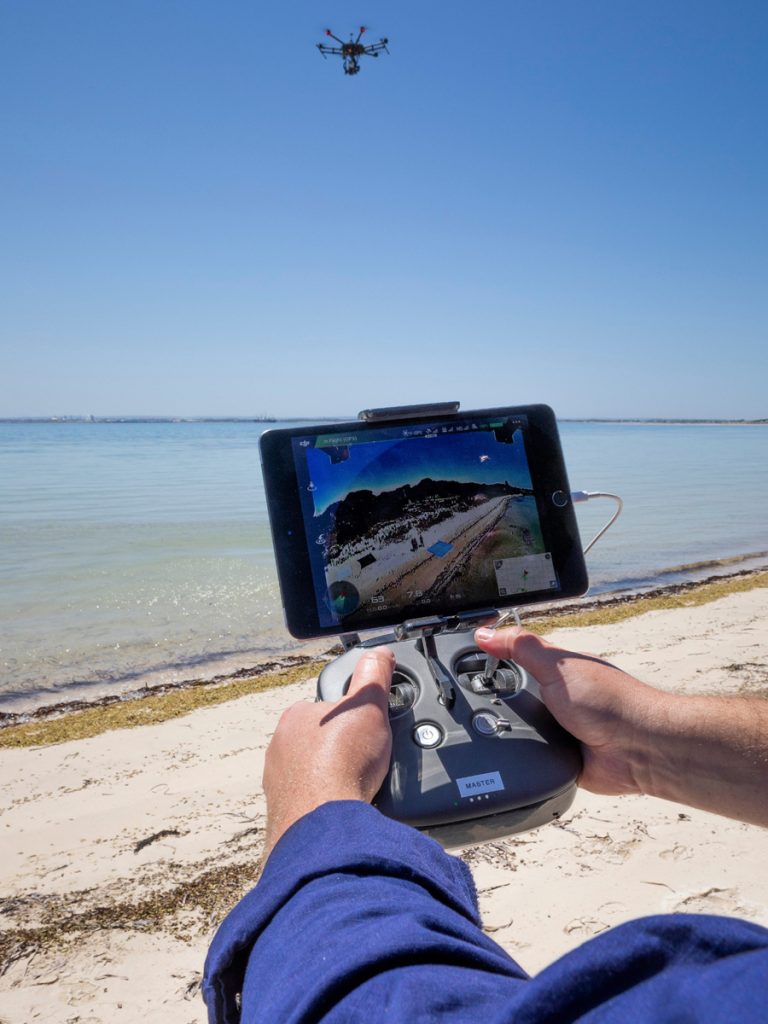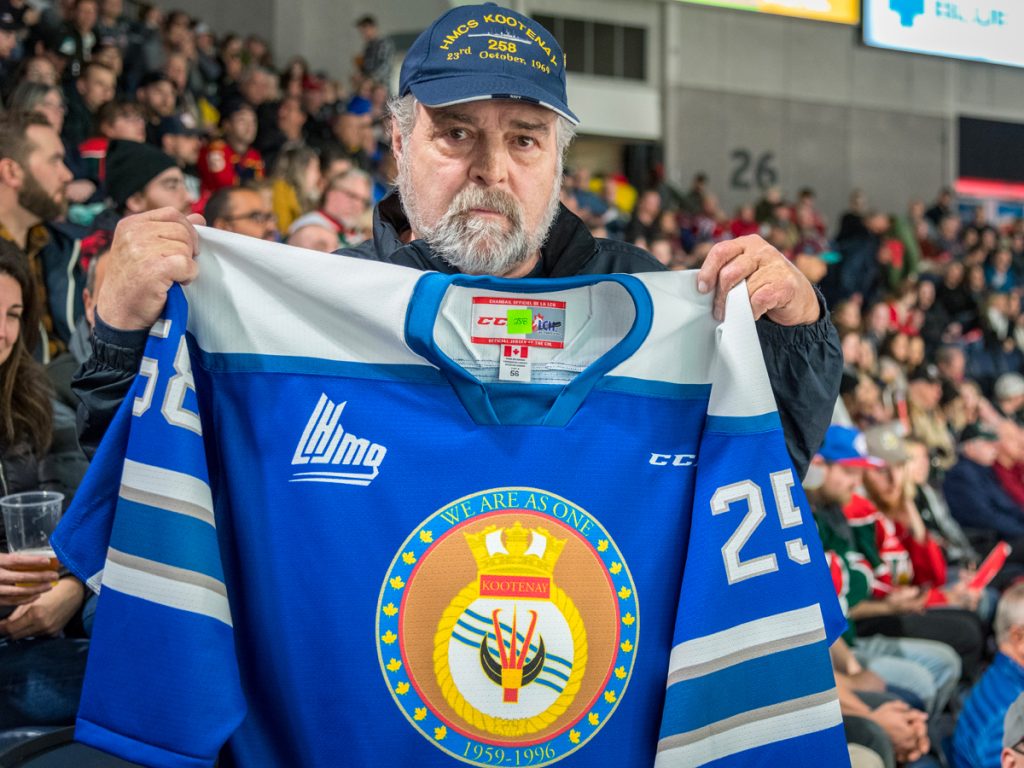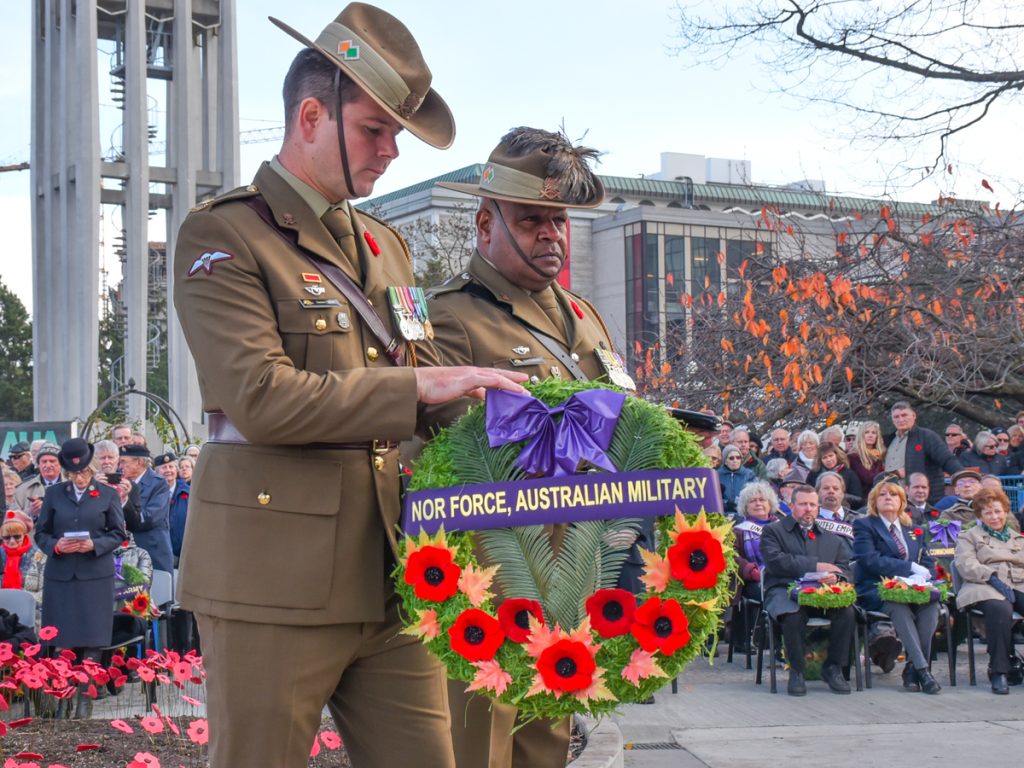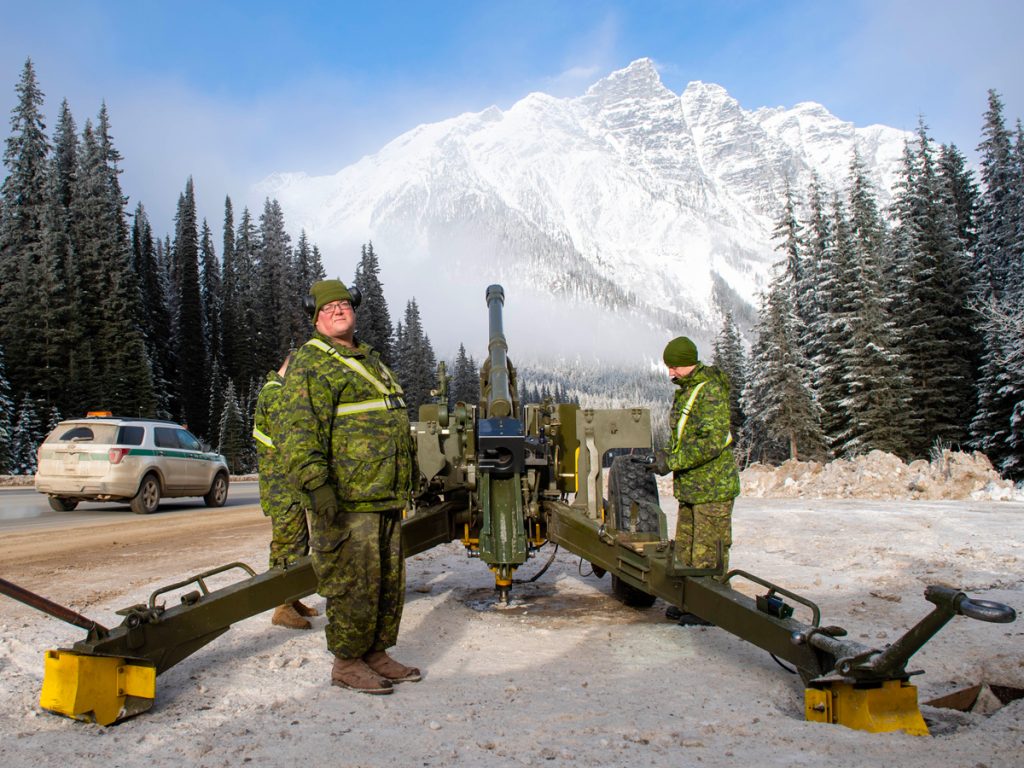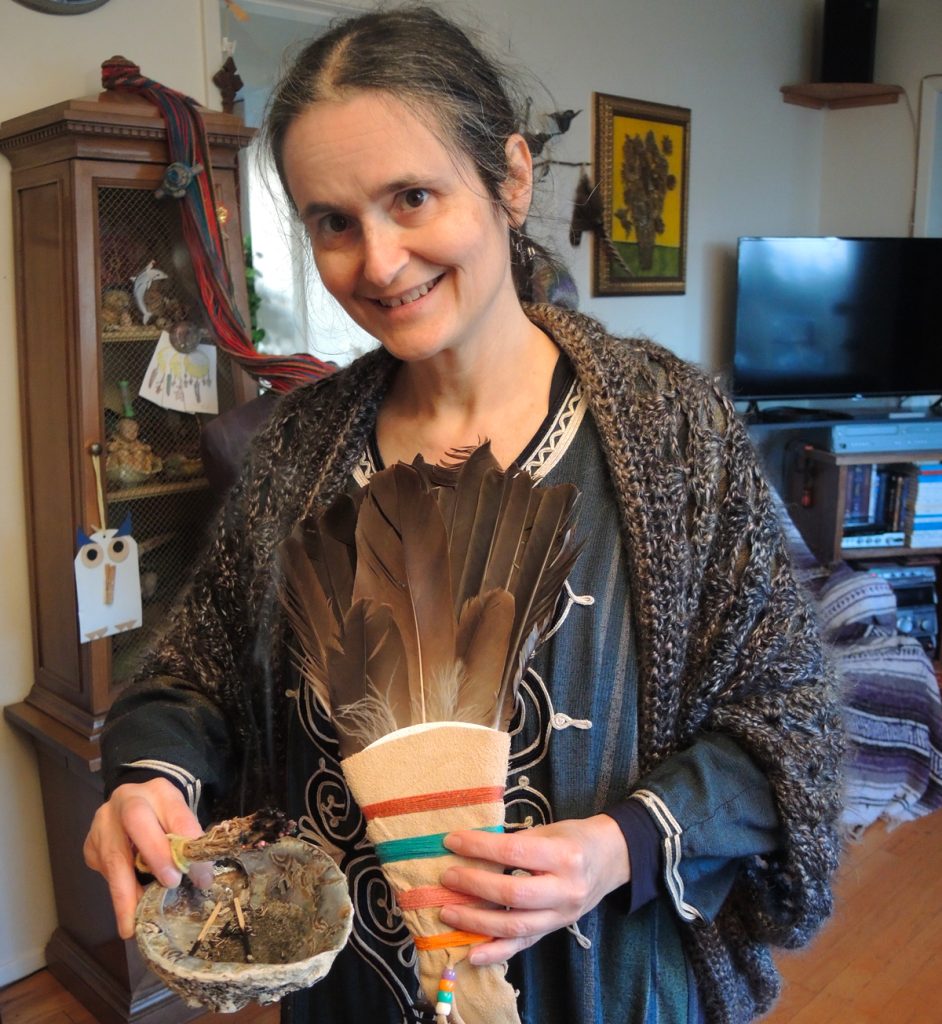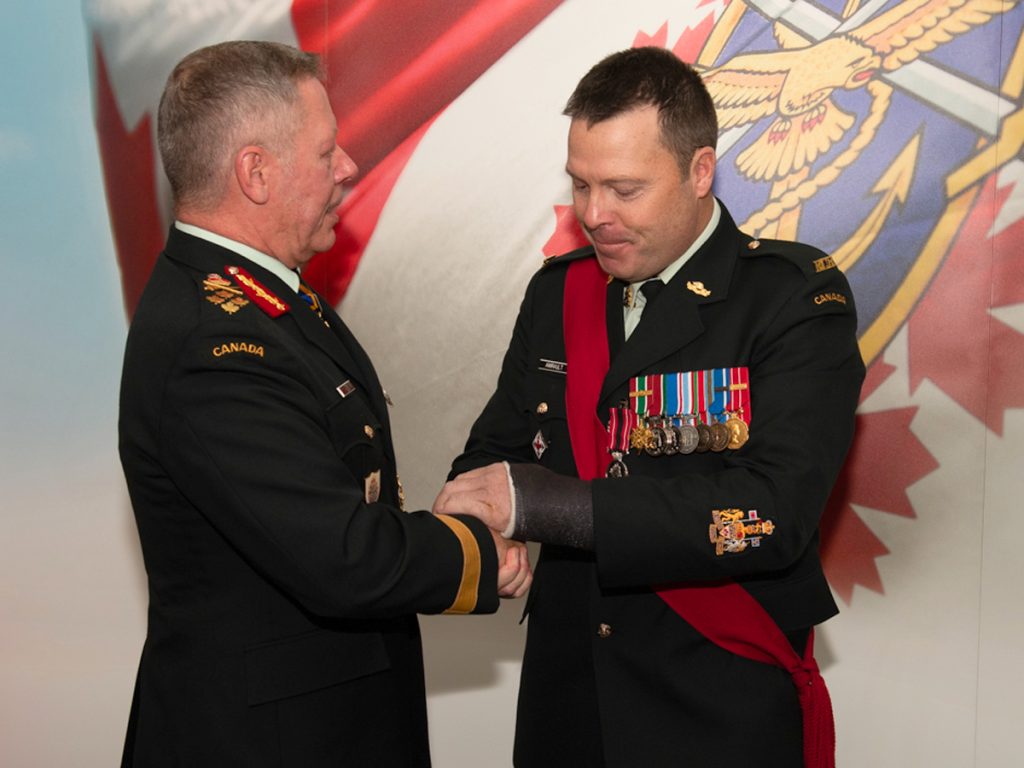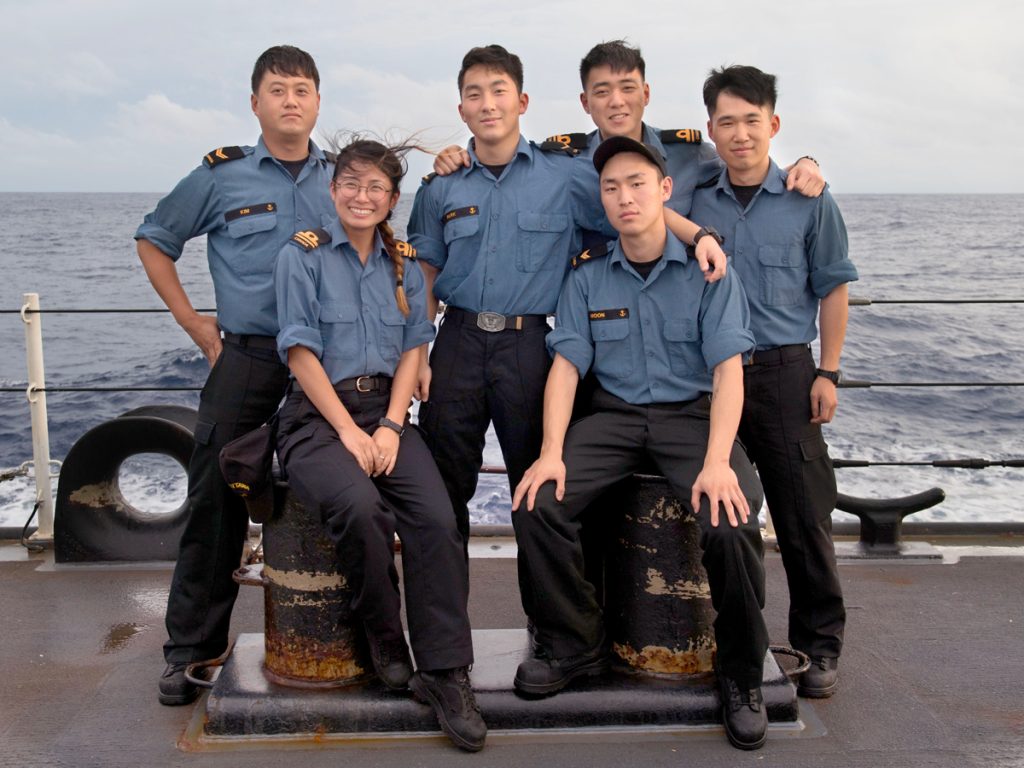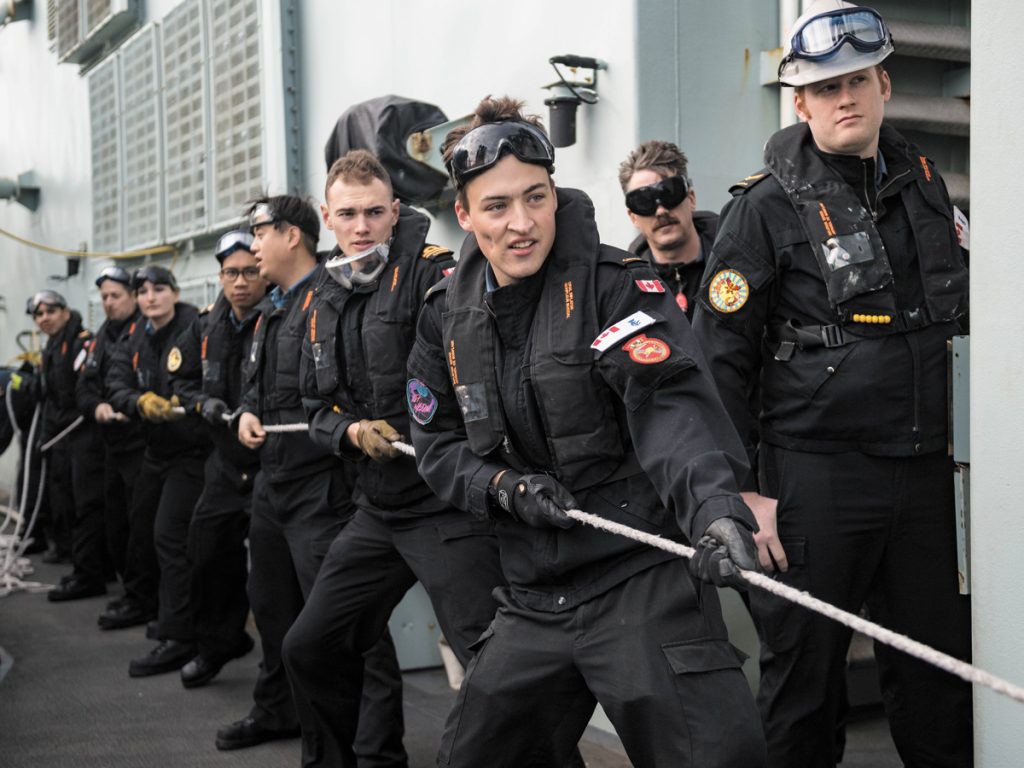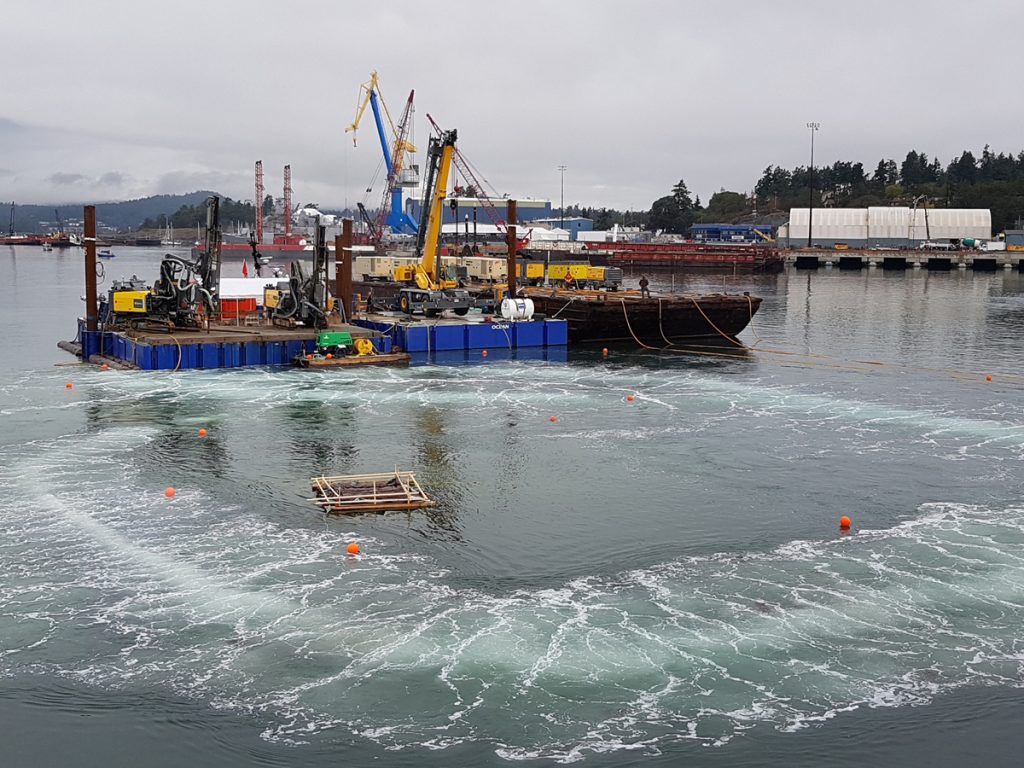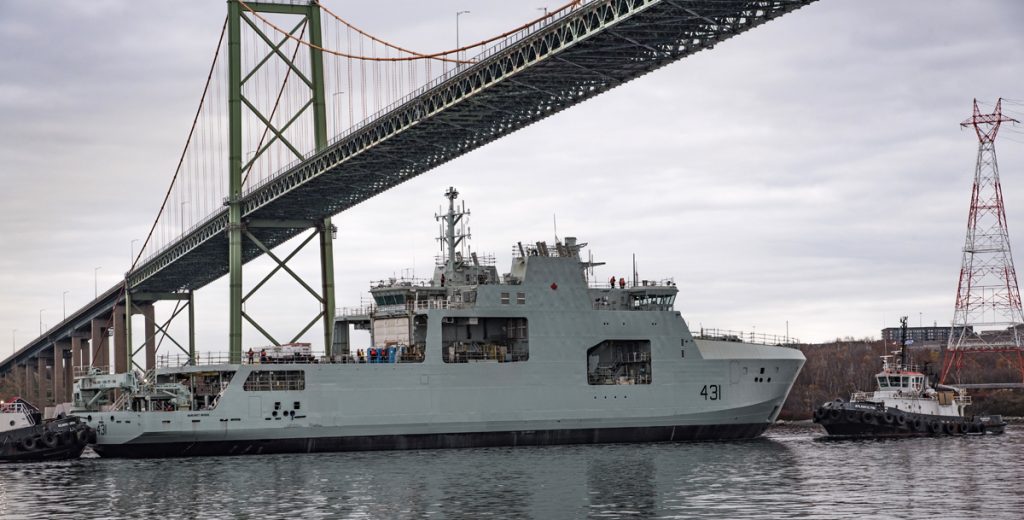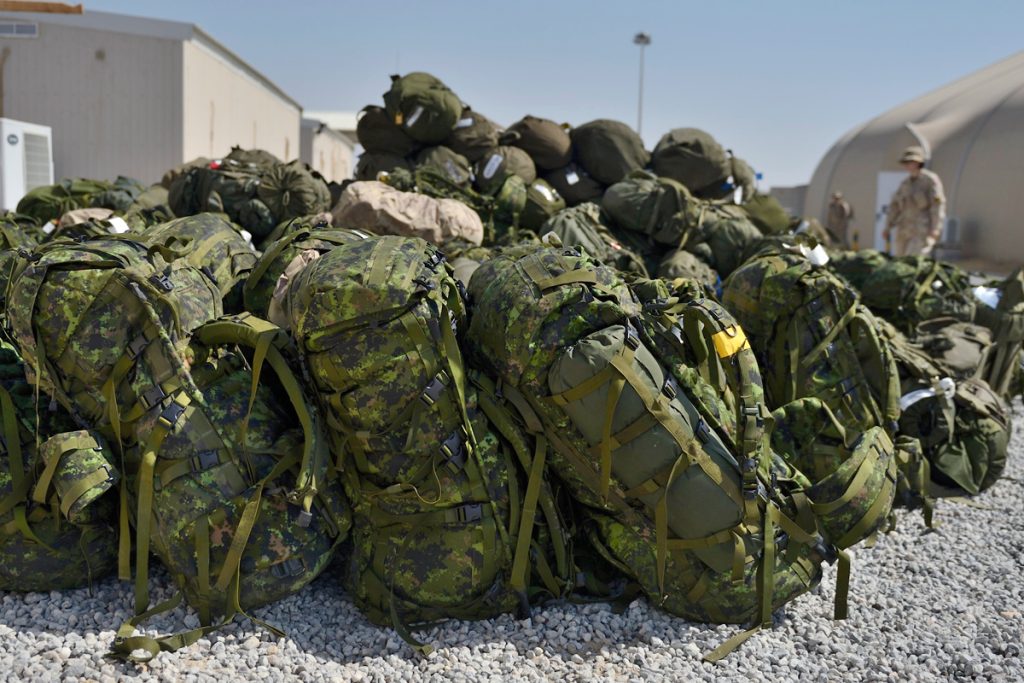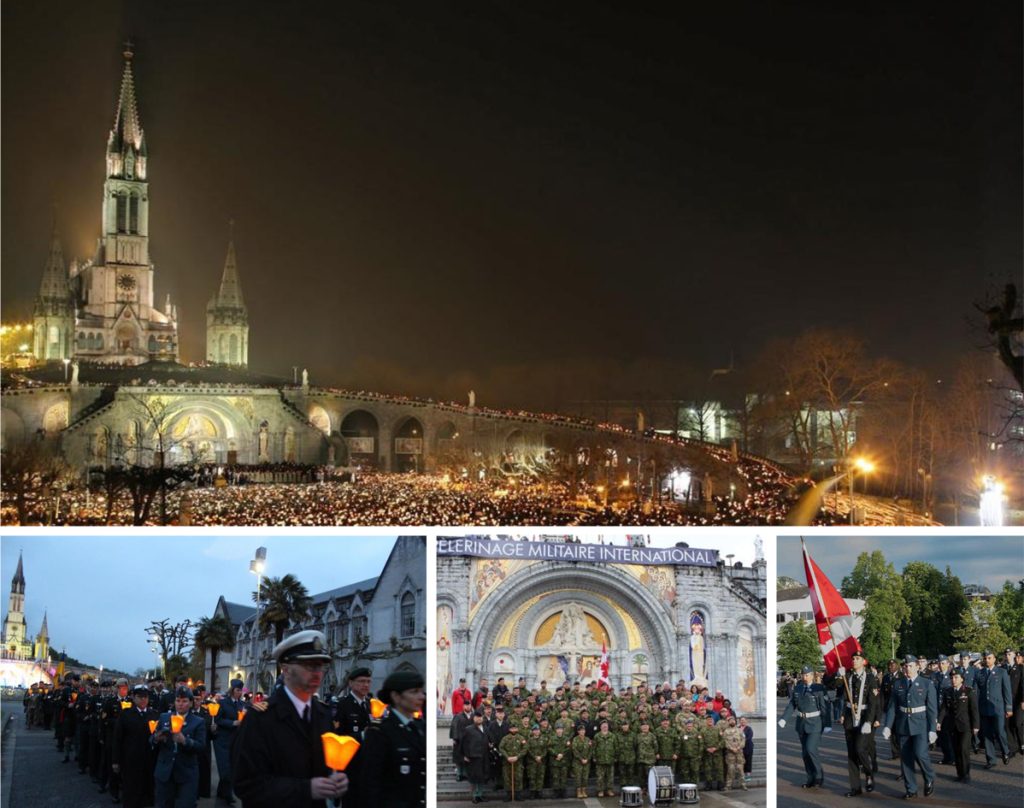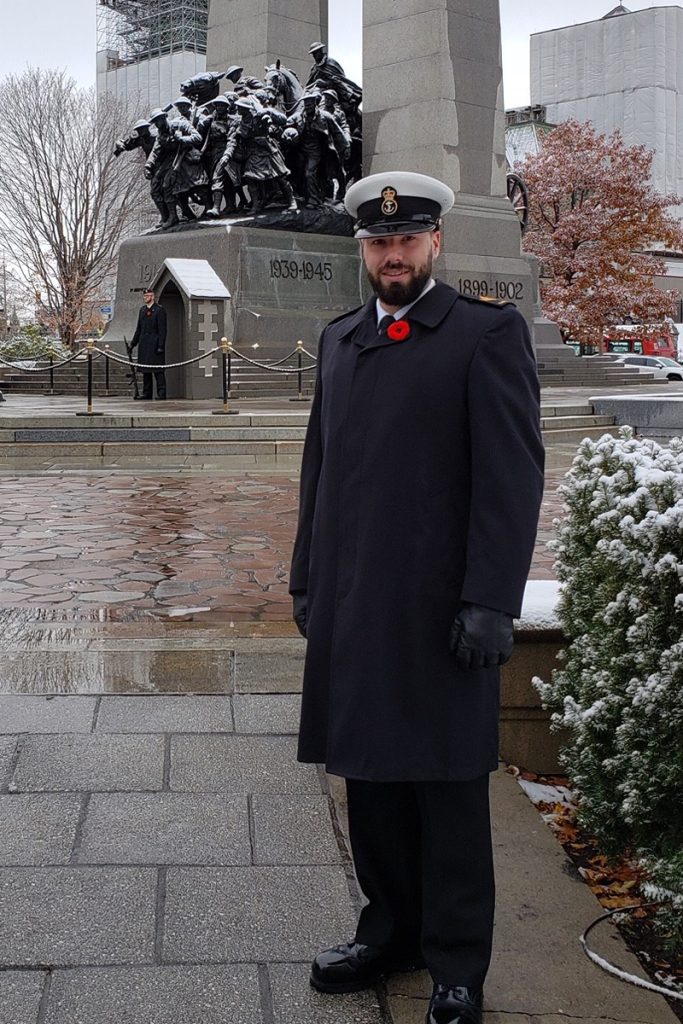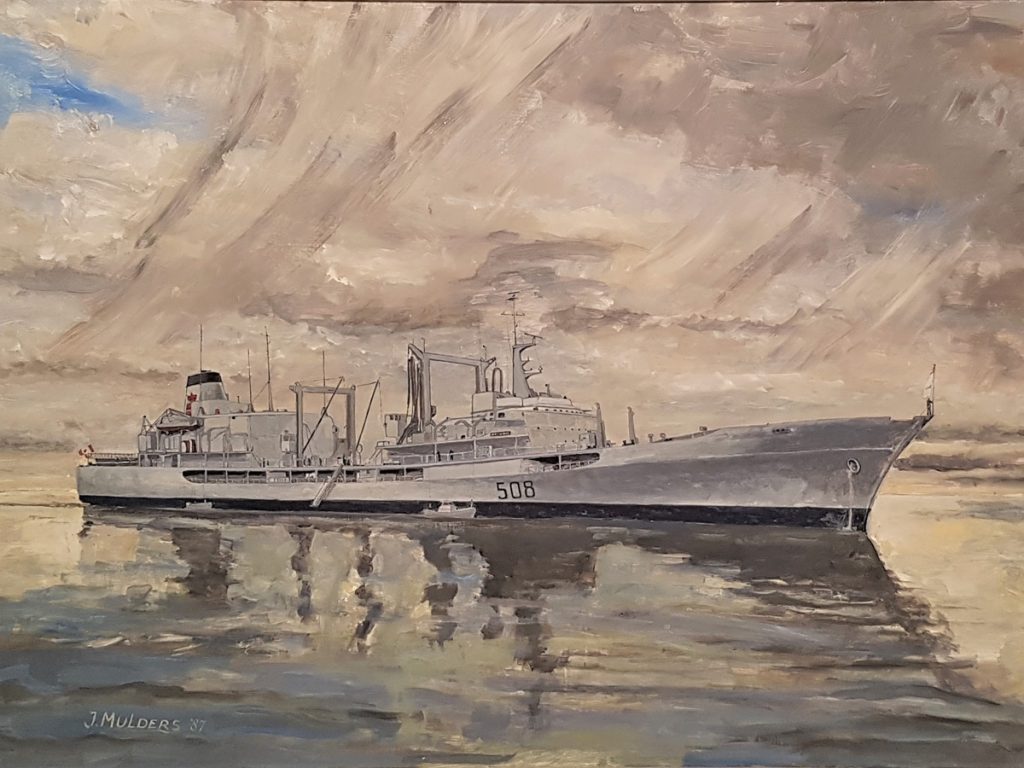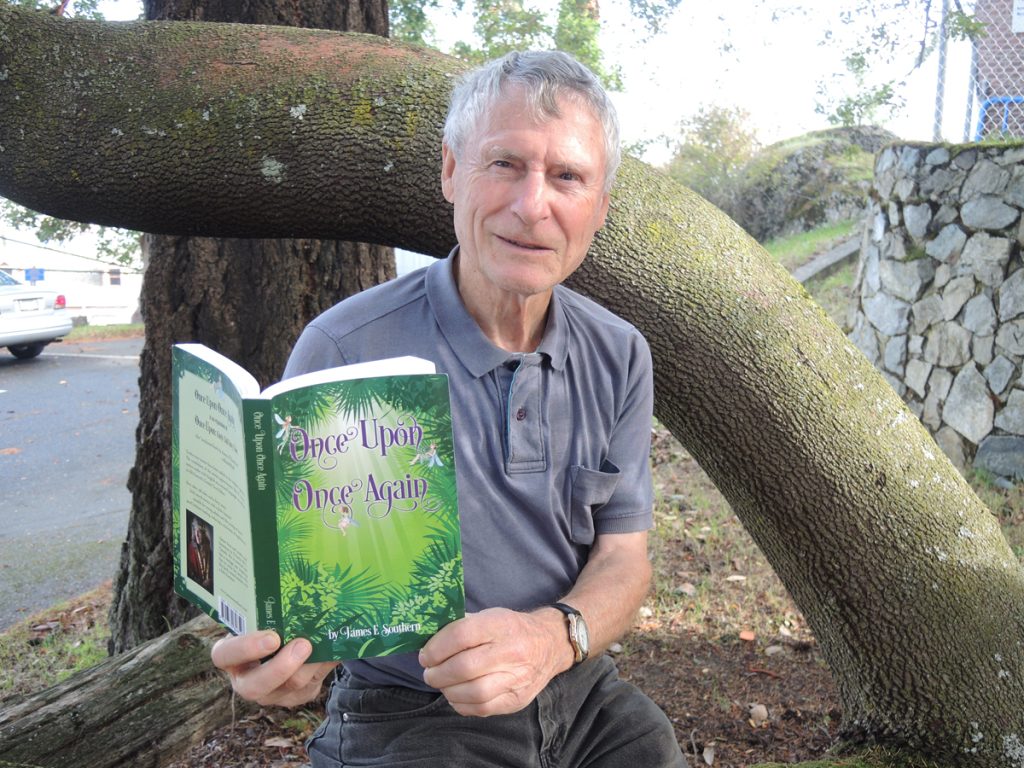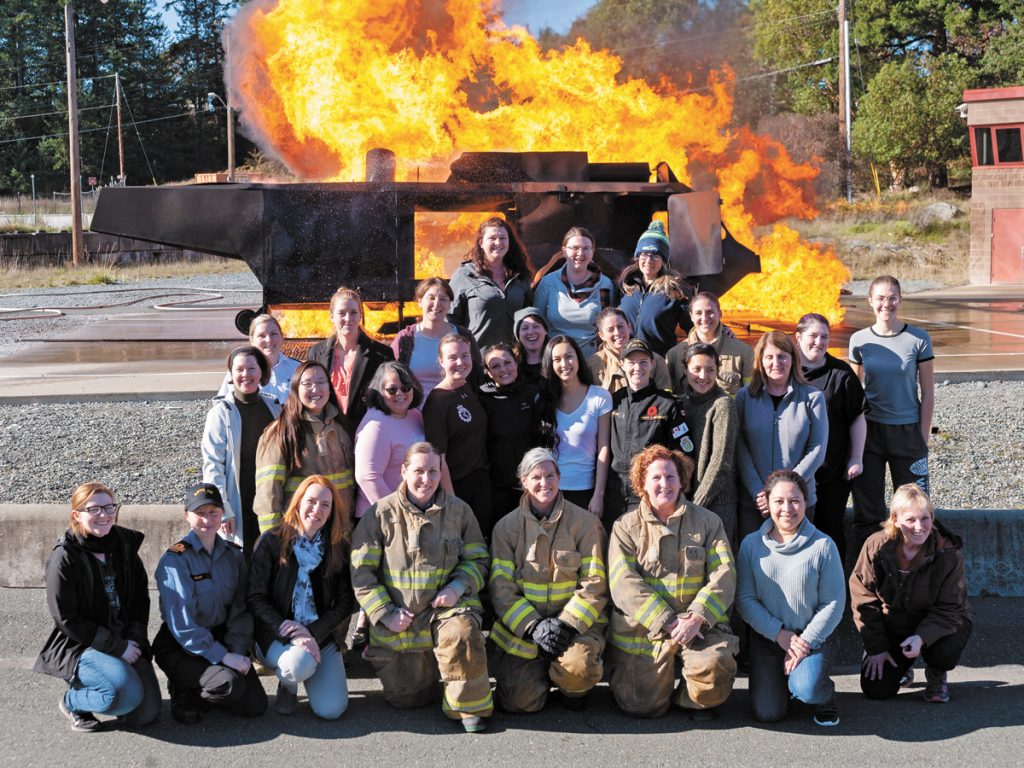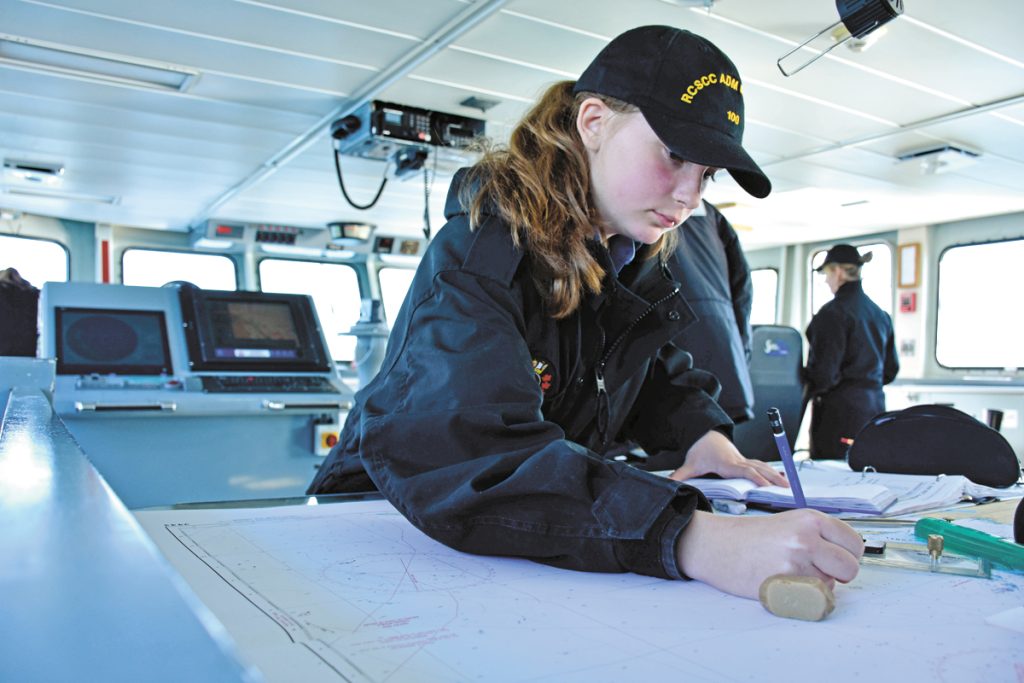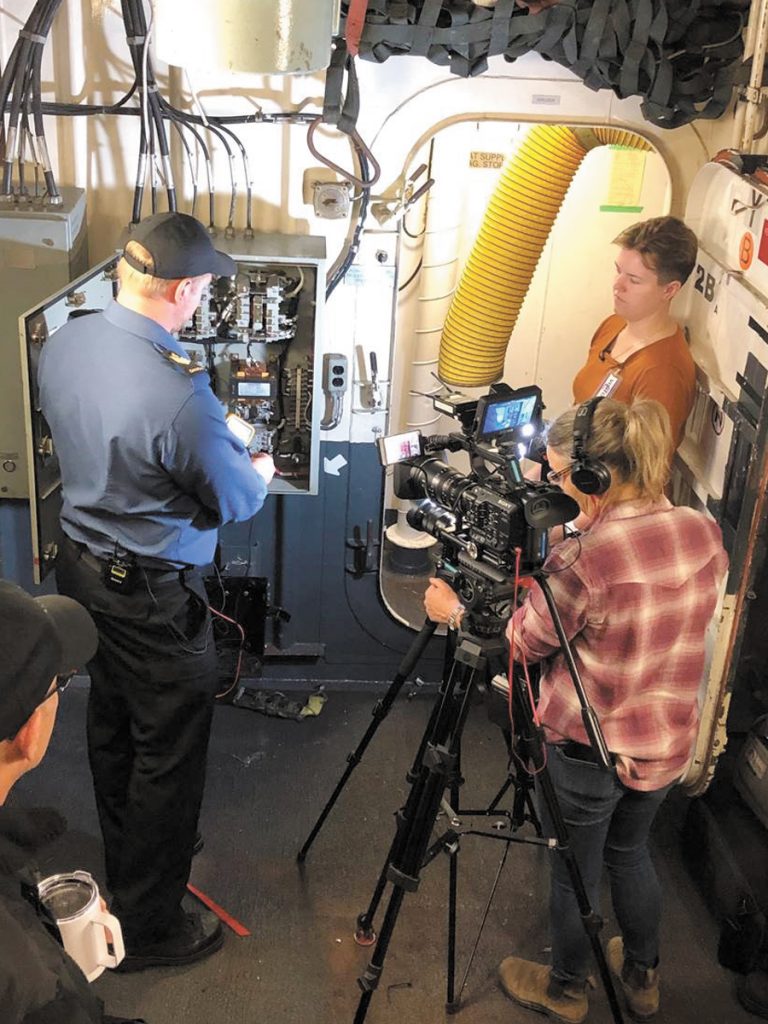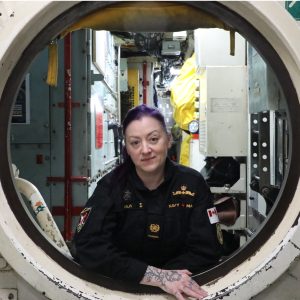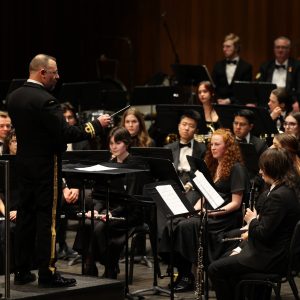
Shift in Naval Boarding training
[caption id="attachment_22257" align="alignnone" width="593"] Members of HMCS Regina’s naval boarding party make their way in a Rigid Hull Inflatable Boat (RHIB), to a suspect vessel in the Gulf of Oman. Photo by MCpl Frank Hudec, Canadian Forces Combat Camera[/caption]LCdr Mike Erwin, NFS(P) ~A change took place in the delivery of Naval Boarding Party (NBP) training in October when Naval Fleet School (Pacific) turned over responsibility to the Naval Tactical Operations Group.The turnover was part of an overarching direction that would see all matters concerned with naval boarding fall increasingly under Naval Tactical Operations Group’s purview. As the cutlass was passed from one organization to the other, it marked the end of a decades-long era in which the Fleet School, first as Canadian Forces Fleet School (Esquimalt) and then as Naval Fleet School (Pacific), trained individuals and ship’s teams in the conduct of boardings at sea in support of maritime interdiction operations.About Naval BoardingsThe requirement to board ships is as old as navies themselves. Whether it was to inspect a vessel in support of a naval blockade or to overpower an enemy ship and take it as a prize, warships have always needed to insert teams of personnel into other ships. Literature and film are rife with images of ships bearing down upon one another, as boarding parties swarm over the side and through the rigging to the stirring cry of “Out cutlasses and board!”The Royal Canadian Navy is no exception. One of Canada’s most famous boardings took place in the Caribbean during the Second World War. German U-Boat U-94 had been damaged by United States Navy aircraft, as well as depth charges and gunfire from Canadian corvette HMCS Oakville. As the commanding office of Oakville brought his ship alongside the stricken enemy, only SLt Hal Lawrence and PO Art Powell were...
